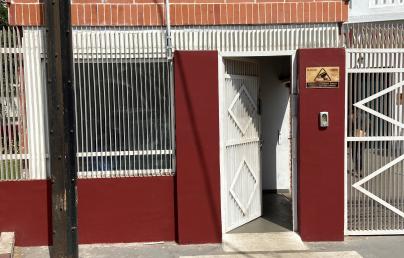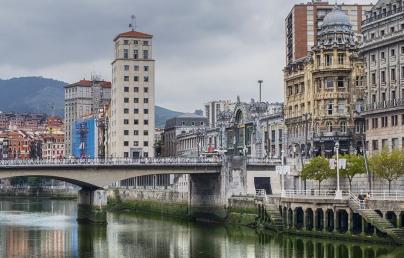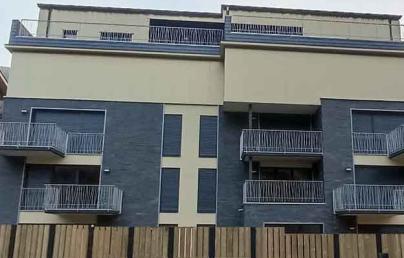Douglas Fir House / Christian Brailey Architects

Douglas Fir House / Christian Brailey Architects
Shoehorned into the back of a beautiful Edwardian terraced property, the existing studio was entirely unloved and underwhelming. Every inch of the wall was stained orange by cigarette smoke, the single glazing was falling out of its rotten frames and the whole place was uninsulated. This resulted in high levels of damp and extreme black mold. However, there was an opportunity in this property, which lay in its ‘good bones’ and the abundant, overgrown private garden.
The design breathes new life into the existing space. The central hub of the old studio has been transformed into open plan kitchen-living-dining across two levels, making it truly the heart of the home. It forms an L-shaped space, flowing into the new extension, which maximizes the light - crucial to a north-west facing aspect. The inadequate kitchen has been repositioned and replaced with an expansive, cast concrete worktop top above deep Douglas fir plywood units. It is lit from above by a three-meter-long rooflight.
The split level creates a welcome division between the cozy living space and the practical, double-height kitchen. But this sinking of the new floor area was also a necessary step to avoid the extension imposing on neighbors or the treasured view of Alexandra Palace which is protected as part of the Conservation Area. The entire thermal envelope has been upgraded with high-performance double glazing and natural wood fiber insulation, chosen for its breathability, and acoustic and thermal properties. MVHR provides fresh air throughout. This all contributes to the flat’s low energy consumption, calculated at just 1.3 tonnes of CO2 per year.
Read more details here.


